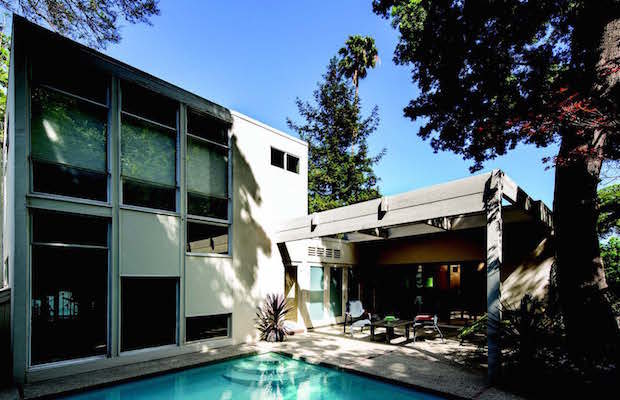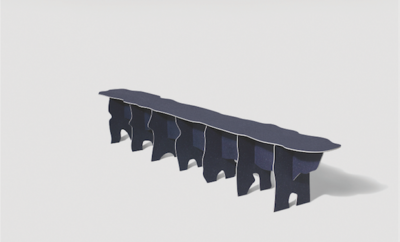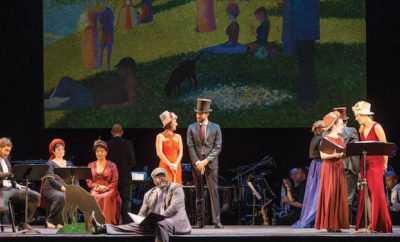 SARA JANE BOYERS PHOTO
SARA JANE BOYERS PHOTO
Feature
FROM THE EDITOR: When More is Less
MOST ISSUES OF MODERN DON’T START OUT with a theme, but every so often we look up and realize that one has emerged. In this case, it’s modernist houses and their preservation. As you look through our pages, you will see stories on two quirky experimental houses that are on their way to being saved: one of them, the Aluminaire House from 1931, and the other, the House of Tomorrow from the 1933–1934 Century of Progress world’s fair. You’ll also read about a Pierre Koenig house in Los Angeles that is in safe—and caring—hands, now owned by a modern architecture–loving attorney.
And MODERN’s senior editor, Nicole Anderson, drew on childhood memories of summers in Bridgehampton, New York, to write about architect Norman Jaffe in a story about the loss of so many of his houses, in most cases to be replaced by bigger, grander offerings—bloated houses that too often pay much less attention to context, to land and the landscape, history and tradition.
My whole writing career has revolved around architecture and related disciplines, and I have to say that I admire a fine new building as much as the next critic. But I’ve never been able to see architecture as an isolated or heroic act, because nine times out of ten, it just plain isn’t. To me historic preservation, context, and urbanism are paramount. And indiscriminate building for the sake of building, which is pretty much the state of affairs today, is just that, indiscriminate and too-often ill-advised. These days we build, and we build big.
The unfettered construction spree we’ve witnessed in the past fifteen years or so has afflicted big cities, small towns, and beach resorts, coast-to-coast. The beep-beep-beep of construction vehicles, the prisoner-torture pounding of jackhammers, and the piercing squeal of drills are the new city symphony. I, for one, no longer need an alarm clock.
And silent mornings aren’t the only casualty of this building spree. We’ve lost the intimate, conversational scale of our neighborhoods (where is Jane Jacobs when we need her?). We’ve lost trees and more—birds, bees, you name it. We’ve lost a good share of our cultural and architectural legacy, in part because our politicians and civic agencies have been willing to sacrifice far too many buildings that might not be masterpieces but provide us with context.
Some years back, I began researching a book (it’s an ongoing project) on the American obsession with building big and the impact it has on our lives. In Nantucket I spoke with an older preservationist who had grown up in a patrician New England family. We were wading through the usual subjects (pretentious houses, out-of-proportion skyscrapers, and more) when she began to talk about the importance of having to share a bedroom with your siblings and even more, a bathroom, as she had as a child. She said, “it’s the best way to learn how to negotiate.” I was struck by this simple, but profound thought. The week before I’d toured a massive new thirty-room home where each child had his or her own bedroom, bathroom, study room, and media room—like four rooms per child (and I am not making this up).
Extrapolate that kind of extra-indulged but isolated childhood to an adulthood of assumed privilege where you never have to “ask nicely” or negotiate or share space, and you can see where I’m going. You can use that as a metaphor: for our ever-increasing failure as a country, as a culture, to engage in civil conversation, to share (whether it’s space or wealth). It’s somewhat of a stretch, I realize, to go from not having to share a bedroom or a bathroom as a kid to the willful destruction of architecture and landscape and the greedy consumption of green space or air rights, but to me, it’s all of a piece.













